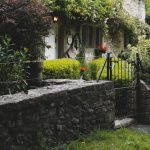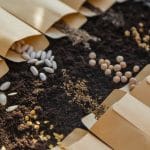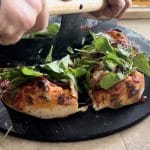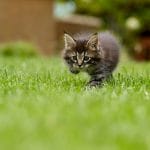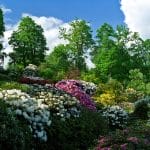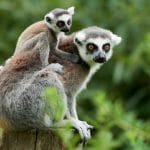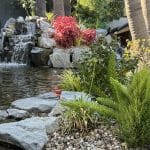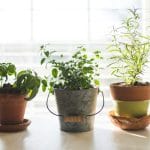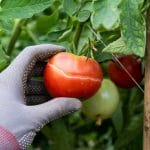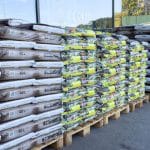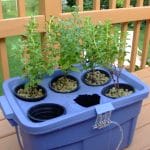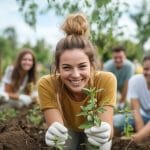Doug Tallamy and the Native Plant Revolution: Why Your Yard Matters More Than You Think
Conservation Organic Gardening
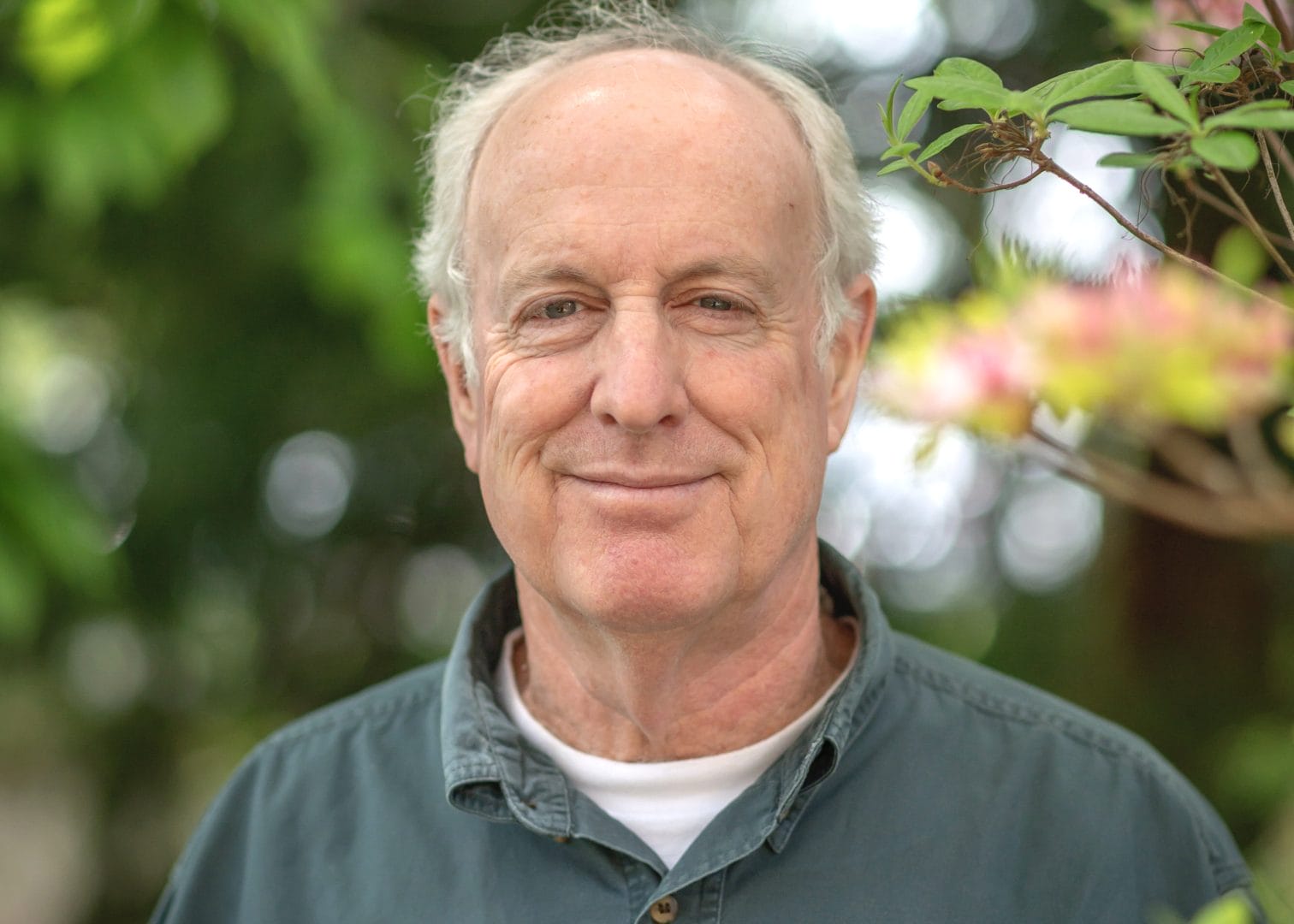
If your backyard feels a little too quiet these days—fewer fireflies, fewer butterflies, fewer birdsong—you’re not imagining things. Across America, wildlife populations are declining fast. But there’s hope sprouting up in an unexpected place: our own front yards.
Much of that hope comes from Dr. Doug Tallamy, an entomologist at the University of Delaware who’s become the leading voice in what many now call the native plant revolution. His message is simple but powerful: if we want to bring nature back, we need to plant the plants that wildlife actually depends on. To be exact, Doug can be quoted saying: “The public is going to determine whether conservation succeeds or fails because the public owns most of the land. You don’t have to save biodiversity for a living, but you can save it where you live.” Do these words echo in your mind too? Let’s dig a bit deeper.
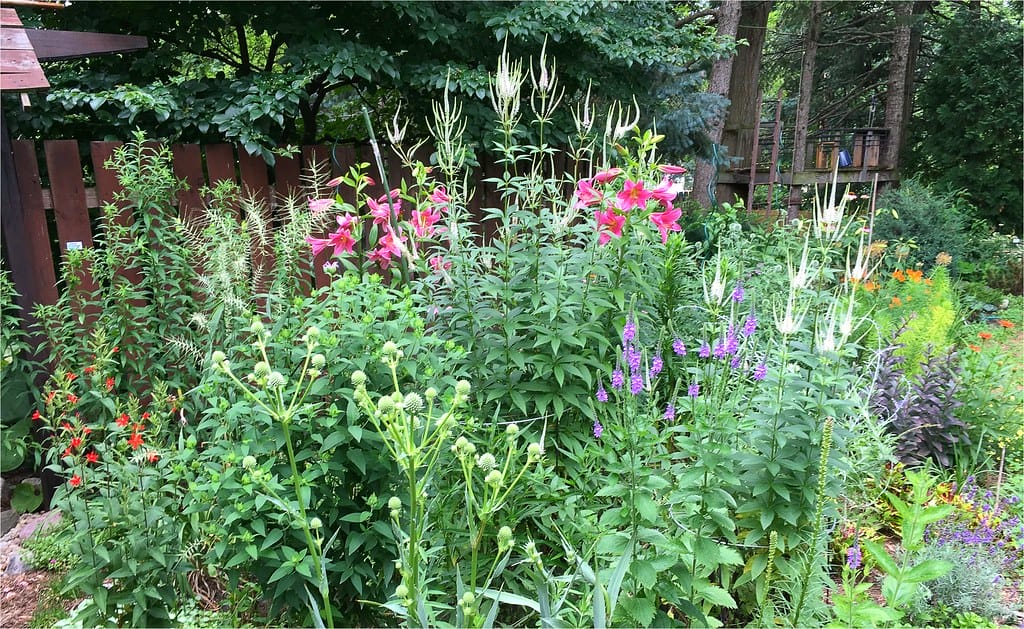
Who Is Doug Tallamy?
Tallamy is a scientist who has spent decades studying how insects and plants interact. His research uncovered a key fact: most native insects simply can’t survive on exotic ornamentals like crape myrtles or Bradford pears.
Take chickadees, for example. To raise one brood of chicks, parents must find 6,000–9,000 caterpillars in just a few weeks. Those caterpillars don’t come from imported ornamentals—they come from native oaks, cherries, and willows. Without native plants, the food chain breaks down.
That research launched Tallamy’s career as a conservation gardener and educator, showing everyday people that their landscaping choices directly affect the survival of local birds, pollinators, and entire ecosystems.
Why Native Plants Are Better for Wildlife
- They co-evolved with local species. Native plants and insects have spent thousands of years adapting together. Exotic imports haven’t.
- They feed the food chain. Caterpillars and pollinators are the foundation of bird diets and other wildlife.
- They’re resilient. Once established, many native plants thrive without chemical inputs or extra watering.
It’s not that exotic plants are “bad,” but most are like plastic trees to native insects—pretty, but useless.
Books That Sparked a Movement
Tallamy has a knack for translating science into plain language. His books have inspired thousands of gardeners, homeowners, and even city planners:
- Bringing Nature Home (2007): Explained the insect–plant connection and why backyards matter.
- The Living Landscape (2016): With Rick Darke, showing how to design gardens that are both beautiful and ecologically rich.
- Nature’s Best Hope (2020): A call to action for homeowners to create habitat where they live.
- The Nature of Oaks (2021): A deep dive into one of the most ecologically valuable tree species.
- How Can I Help? (2025): Answers to everyday questions from people trying to restore their own land.
Each builds on the same theme: conservation isn’t only for parks—it starts at home.
The Homegrown National Park Project
Tallamy co-founded Homegrown National Park, a grassroots movement urging people to replace portions of lawn with native plantings. The goal is to create millions of small habitat patches that, together, add up to a vast “national park” across backyards, schools, and corporate campuses.
Here is why this matters so much:
- 78% of land east of the Mississippi is privately owned. Wildlife won’t survive in parks alone.
- Replacing even 10–20% of lawn with native plantings can make a measurable difference.
- Collectively, small changes add up to a habitat larger than all U.S. national parks combined.
Tallamy’s Backyard: Proof That It Works
On his 10-acre property in Pennsylvania, Tallamy removed invasives and planted natives. Over time, he recorded:
- 1,364 species of moths
- 62 bird species breeding on-site
- Pollinators of every variety are buzzing across the restored landscape
His property has become a living case study, proving that restoration works—even at small scales. The recordings of moth species and birds is continually growing and he proves that he doesn’t just talk a big talk. To quote him again: “We can no longer leave conservation to the conservationists. There aren’t enough of them.”.
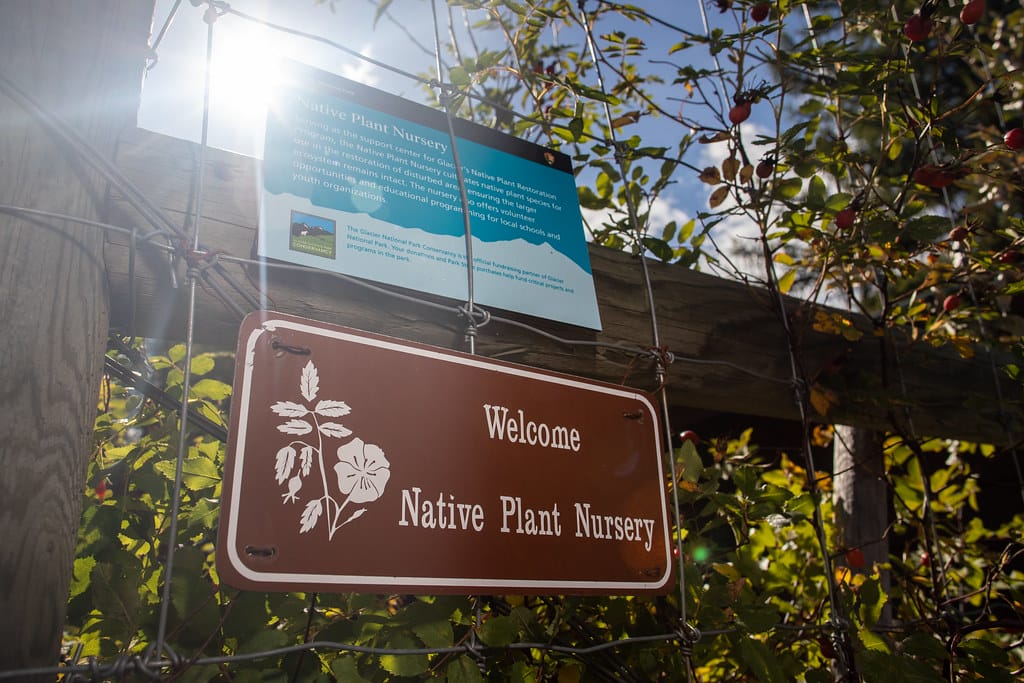
How to Start a Native Plant Garden
Getting started doesn’t require tearing up your whole yard. Try these beginner-friendly steps:
1. Plant a Keystone Tree
Oaks, cherries, willows, and birches support hundreds of insect species. Even one tree is a game-changer.
2. Shrink Your Lawn
Exchange a grass lawn for goldenrods, asters, or milkweed. Give back to the birds and the bees.
3. Leave the Leaves
Skip the leaf blower—fallen leaves provide shelter for pollinators and enrich the soil.
4. Think in Layers
Combine trees, shrubs, wildflowers, and groundcovers to mimic natural habitats.
5. Log Your Yard on Homegrown National Park
Add your space to their interactive map and join a growing community of conservation gardeners.
Overcoming the “Messy” Garden Myth
One hurdle many gardeners face is the idea that native gardens look untidy. Tallamy argues that intention is key:
- Use paths and borders to frame plantings.
- Add signage explaining your garden’s purpose.
- Design in drifts and clusters for beauty and structure.
A well-planned native garden can look every bit as elegant as a traditional one—while supporting life.
A Personal Note
I planted a red oak after reading Bringing Nature Home. Less than a decade later, it shades part of my vegetable garden, and chickadees comb its branches for food. Watching them, I realized Tallamy’s point firsthand: that tree isn’t just a tree—it’s a lifeline.
FAQ: Doug Tallamy and Native Plants
Why should I plant native species instead of ornamentals?
Because native insects rely on native plants for survival, and birds rely on those insects. Learn more from the Xerces Society.
Do I have to get rid of all my lawn?
No. Even replacing a small portion makes a difference. See Homegrown National Park.
Which natives are best for pollinators?
It varies by region, but oaks, cherries, goldenrods, asters, and milkweeds are heavy hitters. Search by ZIP code at Audubon’s Native Plant Database.
How do I keep my native garden looking neat?
Frame beds with edging or paths, and plant in intentional groupings. Tips from Wild Ones.
Final Thoughts
Dr. Doug Tallamy has shown us that gardening isn’t just about beauty—it’s about survival. Every oak planted, every patch of milkweed sown, every square foot of lawn converted to native habitat is a step toward restoring the living fabric of our world.
The best part? We don’t have to wait for governments or big organizations to act. We can start right now, one yard at a time.
Share this post
Table of Contents
- Who Is Doug Tallamy?
- Why Native Plants Are Better for Wildlife
- Books That Sparked a Movement
- The Homegrown National Park Project
- Tallamy’s Backyard: Proof That It Works
- How to Start a Native Plant Garden
- 1. Plant a Keystone Tree
- 2. Shrink Your Lawn
- 3. Leave the Leaves
- 4. Think in Layers
- 5. Log Your Yard on Homegrown National Park
- Overcoming the “Messy” Garden Myth
- A Personal Note
- FAQ: Doug Tallamy and Native Plants
- Final Thoughts
All categories
More From The Garden
Disclosure: This post may contain affiliate links. That means if you click and buy, The Bright Garden may earn a small commission, at no extra cost to you. We only recommend products we’ve vetted and believe will benefit our readers.

